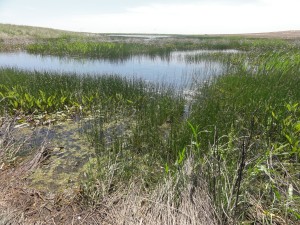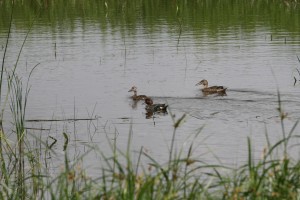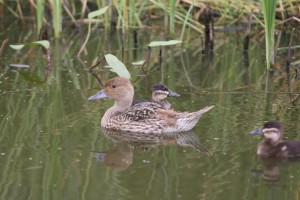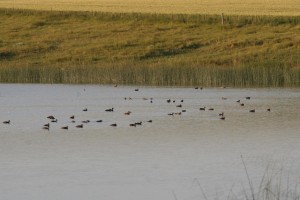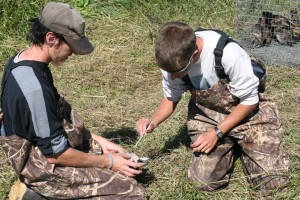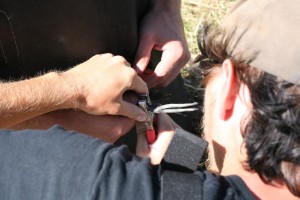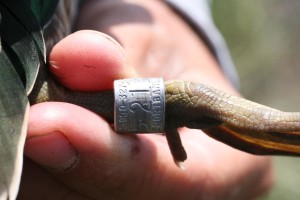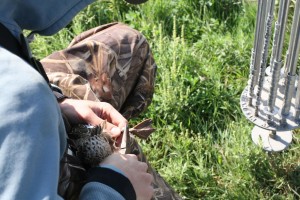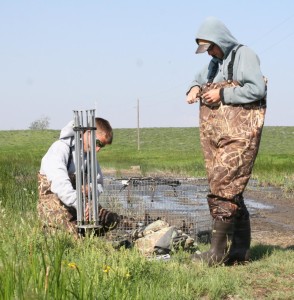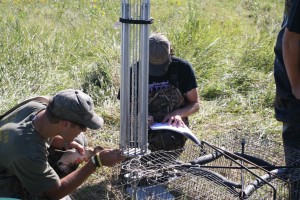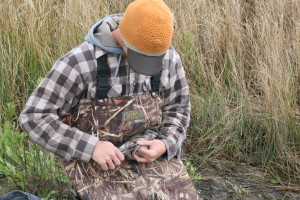For the three summer TERM employment opportunities I had with the USFWS, I participated in the four-square-mile breeding waterfowl survey (FSM). These are incredibly fun surveys to do, and I hope to be able to do more of them in the future. I got to canoe down a water basin with a partner and identify wetland birds and waterfowl as we paddled down a lazy stream. I even got to do it from an air boat at the Arrowwood NWR one time. That was a difficult one as the birds were scared up by the boat and started circling the body of water.
I also was able to participate in some rocket netting in North Dakota on a wildlife preserve. It was quite fun, and we didn’t decapitate too many individuals. Many of the birds got banded, but a lot just had to be tallied and let go.
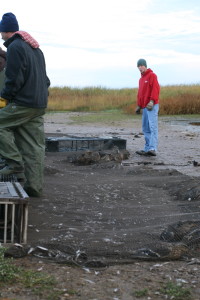
The FSM survey entails recording pairs of breeding pairs of waterfowl or wetland birds and whether or not they are hatch year, or after hatch year (determined by plumage) in a four square mile area. See some images below on what a typical wetland looks like in North Dakota and South Dakota.
